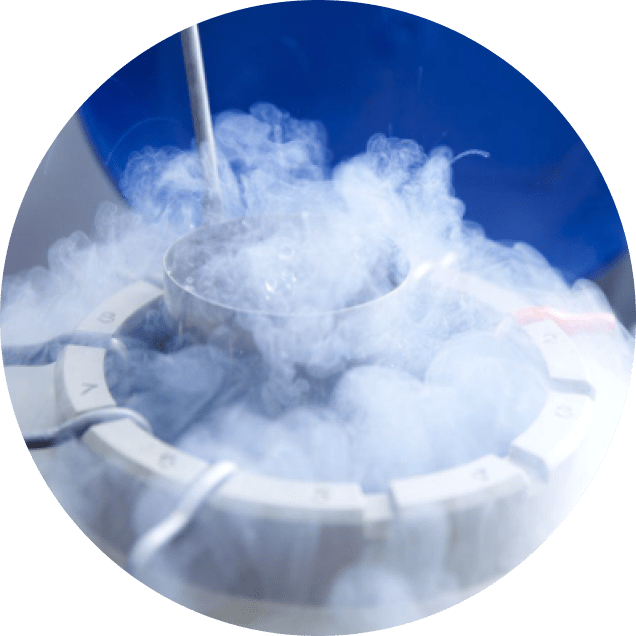
However, in Australia the various states and territories do have different laws for how long you can store your eggs.
The technique is vital for preserving an eggs’ viability for future use in assisted reproductive technologies like in vitro fertilisation (IVF).
The first step involves stimulating the ovaries with hormonal medications to encourage the production of multiple eggs. This process usually takes about 10-14 days.
Once the eggs are mature, they are retrieved from the ovaries using a minor surgical procedure. This is done under ultrasound guidance with a needle that aspirates the eggs from the follicles.
The retrieved eggs are then assessed under a microscope by embryologists. Only mature eggs are suitable for freezing, as they have the highest chance of surviving the freezing and thawing process.
Before freezing, the eggs are treated with a cryoprotectant solution. Cryoprotectants are substances that protect biological tissue from freeze damage (ice formation). The eggs are dehydrated to remove water and then exposed to increasing concentrations of cryoprotectants.
The eggs are rapidly cooled to a vitreous, or glass-like, state without forming ice crystals. This is achieved by placing the eggs in a tiny volume of solution on a special device or straw, which is then plunged directly into liquid nitrogen at a temperature of -196°C. The rapid cooling turns the water inside and around the egg into a solid state without forming ice crystals, which can damage the cell.
The vitrified eggs are stored in liquid nitrogen until they are needed. They can be stored for many years without significant deterioration in quality.
When the individual decides to use their frozen eggs, the eggs are rapidly warmed and the cryoprotectants are removed in a stepwise manner. The eggs can then be fertilised with sperm to create embryos, which may be transferred to the uterus to achieve pregnancy.
Approximate rates of loss of thawed eggs:
Get in touch with our friendly team to arrange an appointment with one of our fertility specialists.
